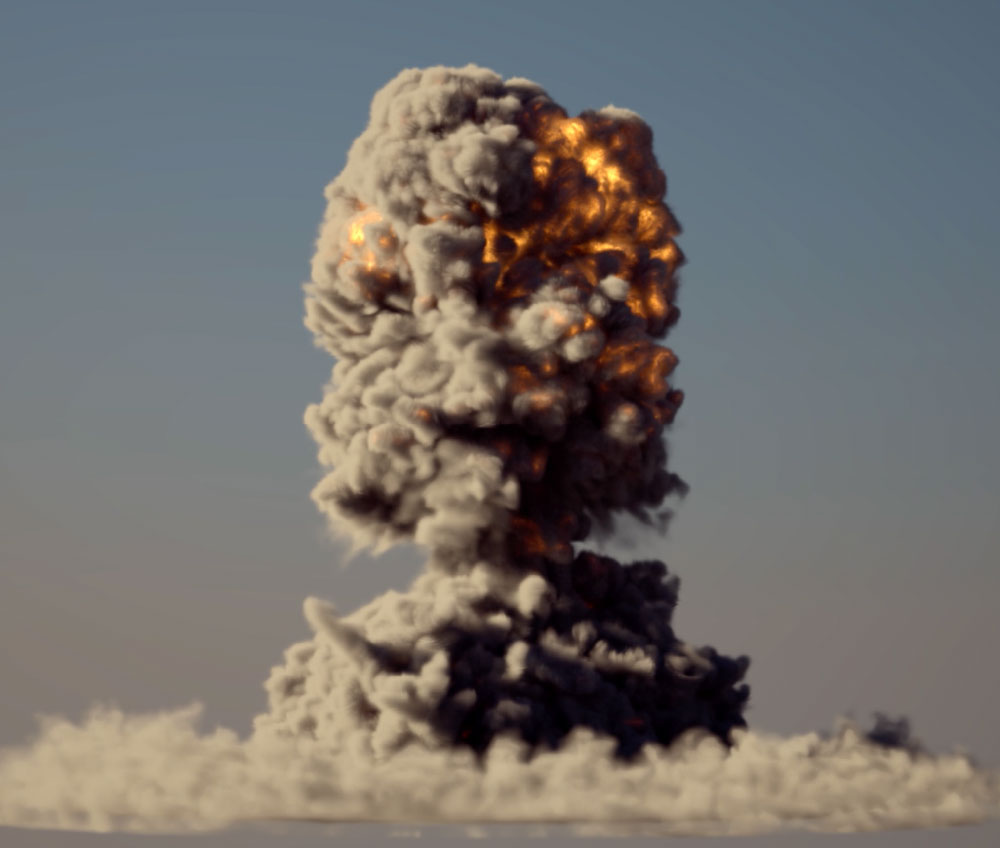
By now, most people in this country are aware that climate change is a life-threatening emergency that must be urgently addressed. They may be at least dimly aware that an exchange of nuclear weapons would be the end of human civilisation as we know it, and possibly of all life on earth.
The fact that we have not had such a war in over 70 years has lulled many people into thinking that nuclear war cannot happen. Indeed, we have been reassured by those in positions of authority that nuclear weapons keep us safe and will never be used.
The belief that the world can continue to hold onto nuclear weapons indefinitely without ever using them is as dangerous as the belief that we can go on burning fossil fuels indefinitely without causing a climate catastrophe.
It is not just the possibility of nuclear war that poses an existential threat to human civilisation. Just one detonation in a city, by accident or on purpose, would kill millions. The immediate casualties would overwhelm the response capacity of the entire global Red Cross/Red Crescent and overfill every burn bed in every hospital on the planet. Women, girls and foetuses would suffer the most from ionising radiation. Food and water would be toxic for generations. There is no possible military or political agenda worth such a risk.
And the people who look after them make mistakes, they fall asleep on the job, they take drugs on the job, they forget how to do their tasks. In 2007, 6 US nuclear weapons went “missing” for several hours because they were loaded onto the wrong plane and sent to the wrong air force base in the wrong state. In 2013, 17 officers with the authority to launch nuclear weapons were stripped of their duties because of a “pattern of weapons safety rule violations…” And in 2016, 14 airmen responsible for guarding America’s ICBM nuclear missiles were disciplined for drug offences.
As many as 50 nuclear weapons currently lie at the bottom of the sea. They have sunk with submarines, rolled off ships, or been jettisoned from airplanes. In 1961, two 4-megaton nuclear bombs were dropped on North Carolina after a plane caught fire and broke up in mid-air. One of the bombs was recovered and the other one is still 180 feet underneath a cornfield, cordoned off but still there, more than 50 years later, because it would be too dangerous to try to remove it.
At least 4,000 out of the global stockpile of nearly 14,000 nuclear weapons are standing by, 24 hours a day, on “hair-trigger” alert, ready to be launched at a moment’s notice with an order from a President, Prime Minister or even through the actions of a rogue military officer with access to the launch mechanisms. This is not a distant, far away threat. This is an immediate, life-threatening emergency.
